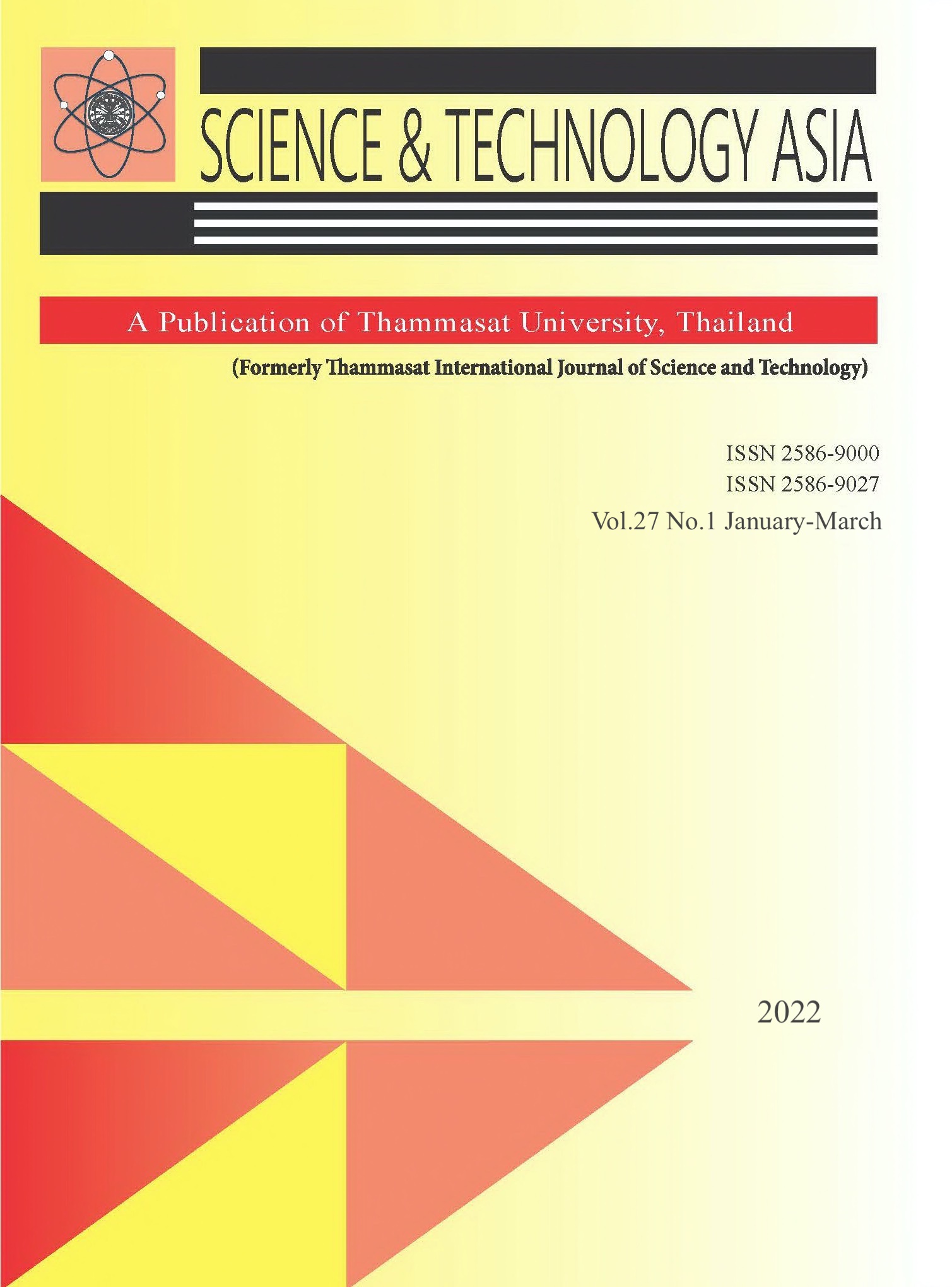Molecular Structure, Electrostatic Potential and HOMO, LUMO Studies of 4-Aminoaniline, 4-Nitroaniline and 4-Isopropylaniline by DFT
Main Article Content
Abstract
This research used the method of functional density theory (DFT). The B3LYP / 6- 311G (d, p) was used to determine the chemical descriptor, the ionization potential (I), the electron affinity (A), the chemical potential (), the chemical hardness (
); 3D maps of HOMO and LUMO orbits were used to develop the structure and activity of quantitative relationships. The values of the energy gap showed that p isopropylaniline is the stable molecule and p-nitroaniline is the reactive molecule. Large basis set-theoretical calculations of the dipole polarizabilities and second hyperpolarizabilities of molecules have been carried out to assess optical properties of atomic contributions to the overall molecular response tensors. The values of the dipole moment and the first-order hyperpolarizability have the same tendency because they are related to molecular symmetry. The DFT method has been used of which is to compare the angles and lengths of molecular bonds with the experimental results. This research used the electrostatic molecular potential (MEP) and electrostatic contour to understand the regions of reactivity of the three molecules. The negative molecular electrostatic potential sites intended for electrophilic attack for p-aminoaniline, p-nitroaniline and p-isopropylaniline are (C1, C2, C3, C4, C5, C6, N7, N8), (O9, O10) and (C5, C6), respectively.
Article Details

This work is licensed under a Creative Commons Attribution-NonCommercial-NoDerivatives 4.0 International License.


